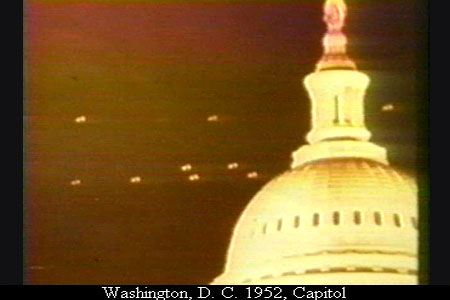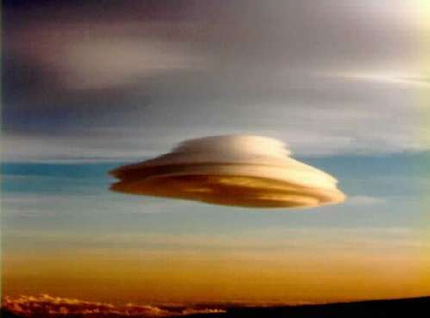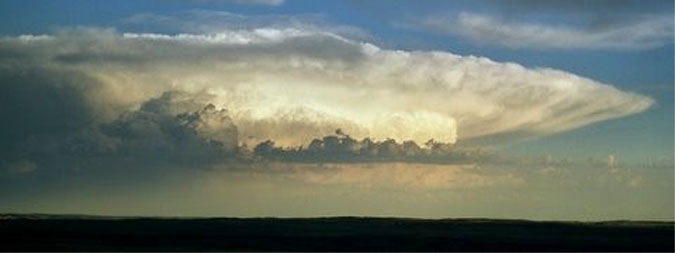@CB @Branntweiner Also, das Foto betreffend, hab' ich die Orginalanalyse im Wortlaut gefunden, verfaßt von RICHARD F. HAINES und JACQUES F. VALLEE.
Zu finden hier im PDF-Link:
http://www.scientificexploration.org/journal/jse_03_2_haines.pdf (Archiv-Version vom 07.05.2012)Die Autoren kommen zu dem Schluß, dass der Fall als 'open' zu behandeln ist, bis nicht weitere Erkenntnisse zu Tage gefördert werden können.
Sie erzählen natürlich mit keinem Wort, um was genau es sich hier handeln könnte, sie belassen es als 'UFO' im wirklich herkömmlich-klassischem Sinne. Es konnte, lt. ihrer Meinung, nicht identifiziert werden.
-------------
Auf Seite 16 in diesem PDF findet man dann eine weitergehende Erklärung eines Mannes, der sich das Dokument dann noch mal genau angesehen hat.
Dieser Mann heißt Marilyn E. Bruner und ist der Sr. Staff Scientist, Lockheed Palo Alto Research Laboratory.
Der ganze Titel seiner Beguchtachtung heißt:
Referee's Review of "Photo Analysis of an Aerial Disc Over Costa Rica,"
by Haines and Vallee, prepared by Marilyn E. Bruner,
Sr. Staff Scientist, Lockheed Palo Alto Research Laboratory
Und seine Schlußfolgerung lautet wie folgt:
The most troubling point is probably the very high density and unusual
sharpness of the northern edge of the image. It appears to be a step function.
The only other features of comparable sharpness are obvious scratches and
other artifacts on the negative. If the high density were due to a bright
source, at least some level of flaring, some evidence of lens aberrations, and
some diffusion in the emulsion should have been seen. This is certainly the
case for the trees, shrubs, and rocks seen along the coastline. I suspect that a
quantitative analysis of the image would show that the steepness of the step
function exceeds the resolving power of the len's, a point that could easily
be tested. The strong variations in sharpness with position around the image
boundary are also quite difficult to explain in terms of a photograph of a
physical object.
On the basis of these observations and on the authors' discussion of the
inconsistent shadow patterns, it is my opinion that the oval image is more
likely to be an artifact such as a pressure mark than a photographic image of
a physical object. Such a mark could have been caused by a foreign particle
trapped between two layers of the film on the supply spool. The gradations
in density across the image (the "shadow patterns") could easily be due to
thickness variations in the particle; these, of course, would bear no relation
to the direction of scene illumination. Thickness variations could also explain
the sharpness variations around the perimeter of the image. The doubled
appearance of the image on the southeast edge could result if the
particle shifted and made a second impression while it was being spooled or
being transported in the camera. I did a simple experiment with pencil and
tracing paper that suggests that the appearance is consistent with rotation of
the postulated particle about a point on the northern boundary of the image.














